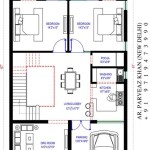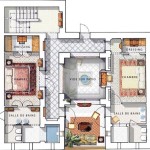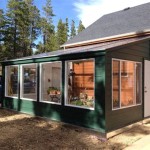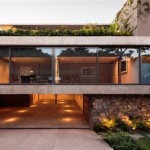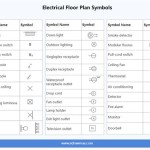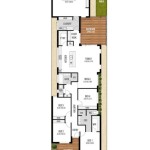Open-Plan Meaning in English Language: Essential Aspects
Open-plan refers to a design concept where multiple areas within a space are interconnected and flow seamlessly into one another, without separate rooms or divisions. This style is prevalent in modern architecture, interior design, and office environments.
In an open-plan space, the absence of traditional walls or partitions creates a sense of spaciousness and encourages collaboration. However, it also comes with unique challenges and considerations that require careful planning and design.
Key Attributes of Open-Plan Designs:
- Interconnected spaces with minimal or no walls
- Flowing transitions between different areas
- Emphasis on natural light and open sight lines
- Use of flexible furniture and movable partitions
Advantages of Open-Plan Environments:
- Enhanced Collaboration: Open-plan layouts foster teamwork and communication by providing a shared space where colleagues can interact easily.
- Increased Productivity: Natural light and the absence of visual barriers can improve productivity and reduce distractions.
- Flexibility and Adaptability: Open-plan designs allow for easy reconfiguration of spaces to meet changing needs and accommodate growth.
- Cost-Effectiveness: Removing walls and partitions can save on construction costs and maximize space utilization.
Challenges and Considerations:
- Noise and Privacy: Open-plan environments can be noisy and lack privacy, which may be a concern for certain tasks or individuals.
- Lack of Visual and Physical Boundaries: The absence of walls can create a sense of disorientation or clutter if spaces are not properly defined.
- Temperature Control: Maintaining comfortable temperatures in open-plan spaces can be challenging due to the lack of physical barriers.
Effective Planning and Design:
- Define Functional Zones: Establish designated areas for different activities, such as workspaces, collaboration zones, and private meeting rooms.
- Use Flexible Boundaries: Incorporate movable partitions, screens, or plants to create visual and physical divisions without isolating spaces.
- Maximize Natural Light: Utilize large windows and skylights to provide ample natural illumination and reduce glare.
- Manage Acoustics: Implement sound-absorbing materials, ceiling tiles, and rugs to minimize noise and create a more acoustically comfortable environment.
- Provide Privacy Options: Offer private nooks or enclosed meeting rooms for tasks requiring concentration or privacy.
In conclusion, open-plan designs provide numerous advantages, including enhanced collaboration, increased productivity, and flexibility. However, it is crucial to address the potential challenges and implement effective planning and design strategies to create a functional and comfortable open-plan environment.

Open Floor Plans The Strategy And Style Behind Concept Spaces

Open Plan Wikipedia

What Is An Open Floor Plan

Open Plan Wikipedia

Open Floor Plans The Strategy And Style Behind Concept Spaces

Open Plan Kitchens

Open Plan Office Vs Closed What S Better Future Fitouts

Make Room For Meaning Open Office Design S Space

Scenting Your Open Plan Living Space Versatility And Connection Scentcillo

A Place Of Purpose How Workplace Design Helps Workers Find Meaning Metropolis

